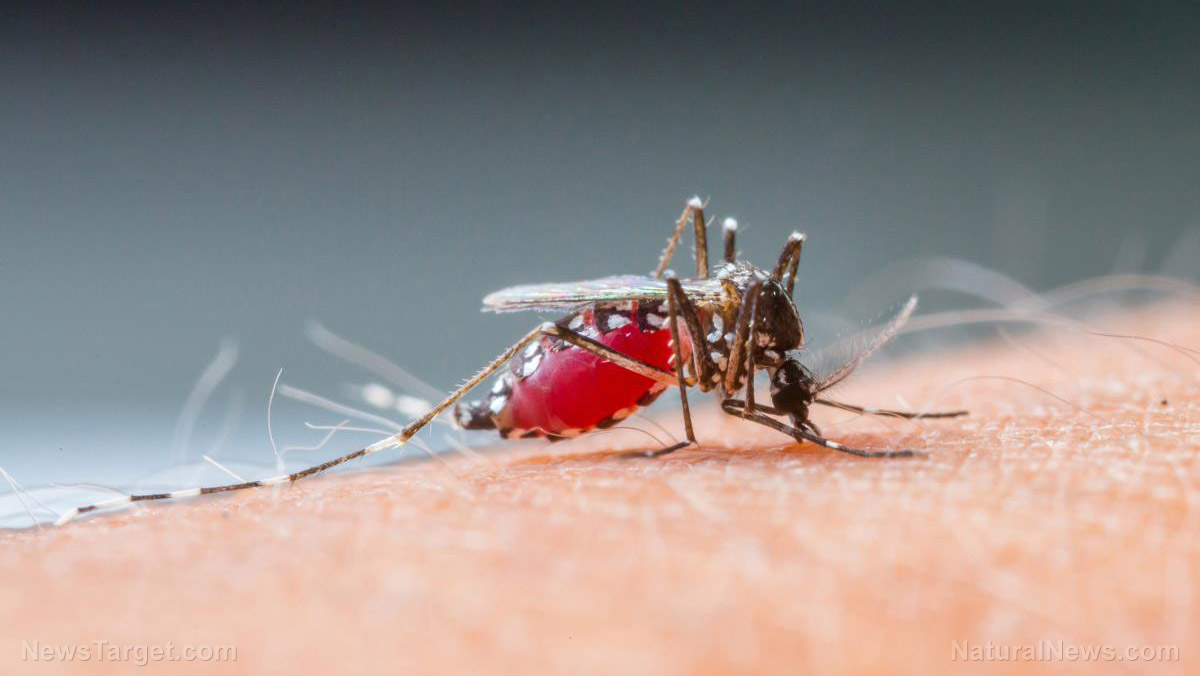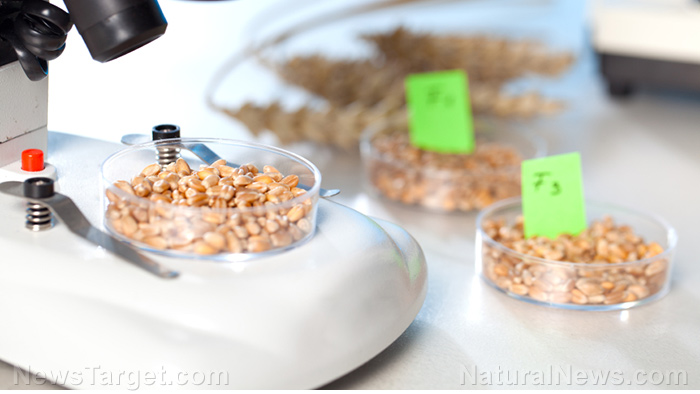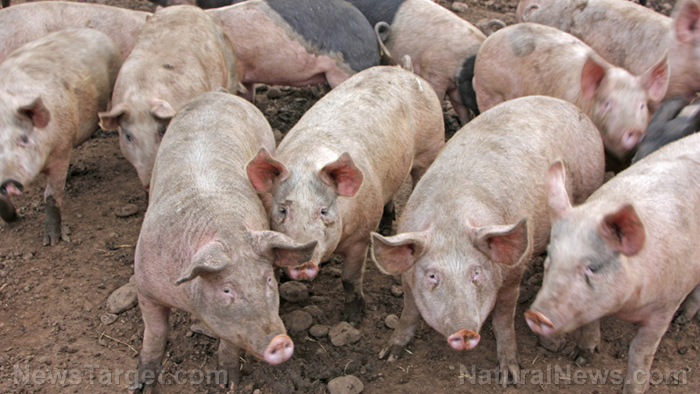
While there's little doubt that mosquitoes are one of the most-hated insects, the truth is that they are still an integral part of the Earth's ecosystem. While many people recognize that though bees can sting, they are essential pollinators, few realize that the tiny, blood-thirsty mosquito also plays a key roll in pollination. Further, mosquitoes and their larvae are a source of food for many different creatures. Mosquitoes may be annoying, but how far should we be willing to go to control their populations?
Scientists create mutant mosquitoes
Researchers from the University of California at Riverside (UCR) just published a study, detailing how they created a three-eyed, yellow mosquito without functional wings using the latest genome editing technology. The experiment was led by Omar Akbari, assistant professor of entomology in UCR's College of Natural and Agricultural Sciences. Akbari also belongs to the university's Institute for Integrative Genome Biology.
Using the highly controversial CRISPR/Cas9 technology, Akbari and his team were able to disrupt normal eye, cuticle and wing development in mosquitoes. The CRISPR/Cas9 technology is often described as a biological "cut and paste" tool; it allows scientists to cut away "unwanted" bits of the genome and replace them with other traits.
The team's end result? A three-eyed, yellow, wingless monstrosity that hardly resembles the mosquitoes found in nature. According to Akbari, this is just the beginning. The team created this non-functioning mosquito as a "proof of concept." Basically, they created this insect to show the world that they can manipulate the mosquito's genome in such a way to render them incapable of reproducing.
As Science Daily reports, "Their long-term goal is to use Cas9-expressing mosquitoes together with another technology -- called gene drives -- to insert and spread genes that suppress the insects while avoiding the resistance that evolution would typically favor." Akbari claims that with more testing, they can "ensure" these gene drives do not spread into the wild.
Concerns about gene-edited insects
Regardless of how you feel about mosquitoes, one might question the ethics of this display: Is it really about helping people fight off diseases like malaria, or are these kinds of experiments just a show of man's ill-conceived attempts at dominating Mother Nature?
Further, we've already seen how disastrous Big Biotech's attempts at "controlling" so-called pest populations can be for the rest of the environment. Look no further than the rapidly declining population of bees and other insects for proof of that.
Pesticides declared "safe" have already yielded devastating effects on our bee populations; for example, neonicotinoid pesticides were recently found to be harmful to bees -- but, the EPA has done nothing to prohibit the use of these hazardous chemicals.
While the researchers at UCR claim that their methods of gene editing would be "safe" for the environment, is it truly possible for them to predict the outcome of their GMO mosquitoes with 100-percent certainty? Of course not. In fact, many scientists disagree on the safety of using gene drives in the wild.
As Quanta Magazine explains, the use of gene drives increases the likelihood of certain traits being passed on to offspring up to nearly 100 percent. Recent modeling of CRISPR-derived gene drives by MIT and Harvard shows that these drives can be quite invasive. Charleston Noble, a doctorate student at Harvard University noted that "invasive means that if even a small number of organisms with a gene drive are released to a large wild population, it’s likely that the drive element could spread within that population and to neighboring populations."
While you may not miss mosquitoes right away, it wouldn't take that long for their absence to take its toll on the food chain.
Sources for this article include:
Please contact us for more information.























